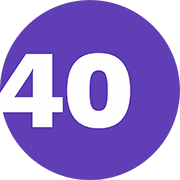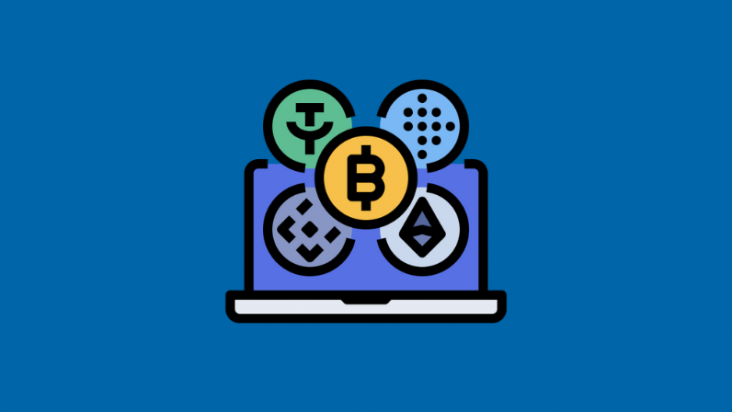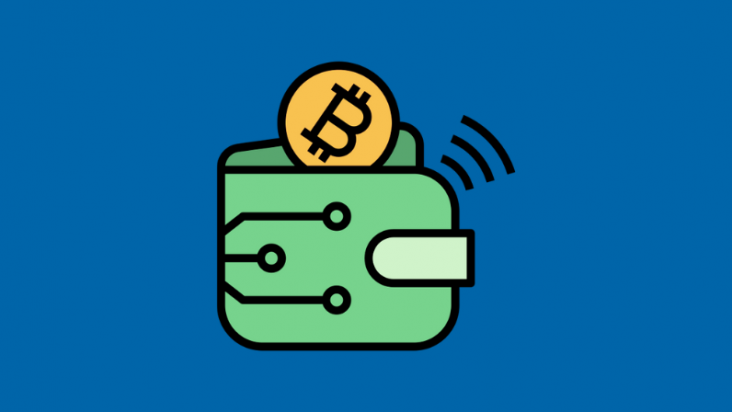How to Create & Publish NFT collection: Ultimate Guide
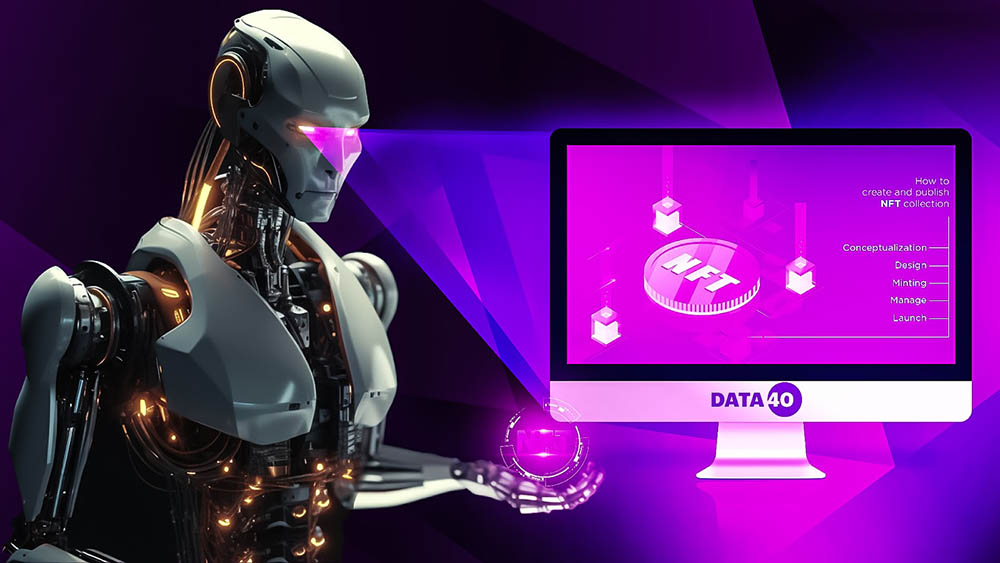
The popularity of non-fungible tokens (NFTs) has skyrocketed in recent years, attracting artists, collectors, and investors alike. The widespread adoption of NFTs has enabled many individuals to enter this exciting new market, even those who were previously unfamiliar with blockchain technology.
The creation of NFT collections has become a popular trend for various reasons. Firstly, artists can now earn money from their digital artwork that was previously shared online for free. Secondly, owning an NFT collection provides a sense of exclusivity and ownership similar to owning a physical art piece. Thirdly, NFT collections offer a new form of self-expression with various collections to choose from. Finally, NFT collections have created communities where people can share and discuss their favorite pieces. With the future of NFTs looking promising, we can expect to see more innovative collections in the near future.
If you are interested in creating your own NFT, this guide can help you understand that it is a possibility for anyone, regardless of their background or experience.
Conceptualization
To create an NFT collection, the first step is to develop a concept that sets it apart from others in the market. Your collection could be comprised of anything from a series of digital paintings to a collection of 3D models or a set of music tracks. The theme, story, or message of your collection should be unique and distinctive.
For instance, suppose you want to create an NFT collection showcasing digital illustrations of adorable animals. You may opt to design a set of ten illustrations, each featuring a different animal in a playful and whimsical style. Your collection’s theme could revolve around spreading happiness and optimism through these charming creatures.
Design
After coming up with a concept for your NFT collection, the next step is to begin designing your NFTs. There are numerous design tools available, including Adobe Photoshop, Illustrator, and Blender, that can be used to create your designs.
Using the aforementioned example of a collection of cute animal illustrations, you could begin by sketching out various ideas for each illustration before refining them digitally. Once you’ve finalized the sketches, you could add in colors, shading, and other details to enhance the overall look and feel of each illustration. Following the completion of all illustrations, they can be exported as digital files in formats such as JPEGs or PNGs.
Minting
After designing your NFTs, the next step is to mint them on a blockchain platform. While Ethereum is the most widely used blockchain for NFTs, other options such as Binance Smart Chain, Polygon, and Solana are also available. You can use an NFT marketplace or platform that supports NFT minting, such as OpenSea, Rarible, or SuperRare.
To mint your NFT, you first need to create a wallet on the blockchain where you plan to mint your NFTs. You then connect this wallet to the NFT marketplace or platform. Once connected, you can upload your NFTs, specify the price, and create a smart contract that establishes ownership and transferability of your NFTs.
Using the cute animal illustration collection as an example, you might choose to mint each illustration as a separate NFT. You can decide on a fixed price or use bidding to determine the price. You can also limit the number of editions for each NFT or make them unique.
Launch
Once your NFTs are minted, it’s time to launch your collection by promoting it on different platforms. You can use social media, NFT marketplaces, and crypto forums to reach potential buyers. Collaborating with other NFT creators, curators, or collectors can also help you promote your collection effectively.
For instance, in the example given earlier, you can share each illustration on social media platforms along with details about the collection, including its unique concept and how to purchase NFTs. You can also join NFT-related forums and communities to showcase your collection and connect with potential buyers.
Manage
Once your NFT collection is launched, you need to effectively manage it to ensure its continued success. This involves monitoring sales, updating your collection, responding to inquiries from buyers, and supporting your community. You may also want to consider creating new editions of your NFTs or launching a new collection in the future to keep your fans engaged and interested.
In the example mentioned earlier, you can track the sales of each NFT and adjust prices or editions based on the demand. You could also create additional illustrations or collaborate with other artists to expand your collection. Additionally, it’s important to engage with your community by responding to inquiries, offering special promotions or discounts, and hosting events or giveaways to keep them engaged and excited about your NFTs.
So, should you do it?
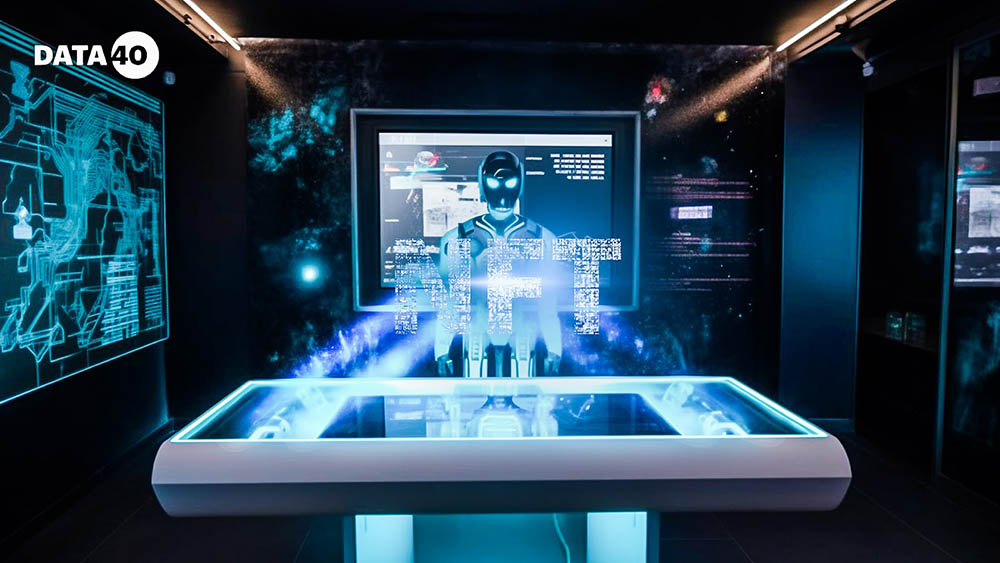
The rise of NFT collections can be attributed to their ability to monetize digital assets and create one-of-a-kind digital collectibles. The market has experienced a significant surge in popularity since the launch of CryptoKitties in 2017, and there are now numerous collections and platforms available for creators and collectors alike. As the market continues to grow and evolve, it will be fascinating to see what innovative NFT projects emerge in the coming years. If you have an idea or passion for NFTs, it’s definitely worth giving it a try!

